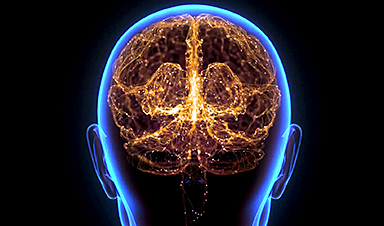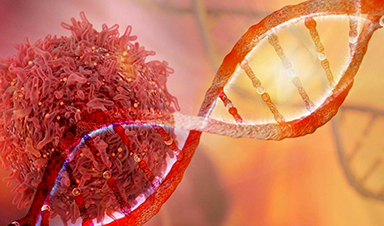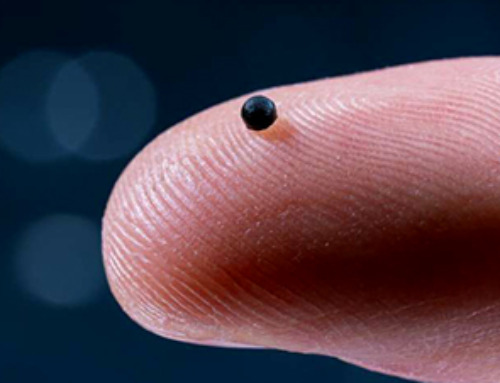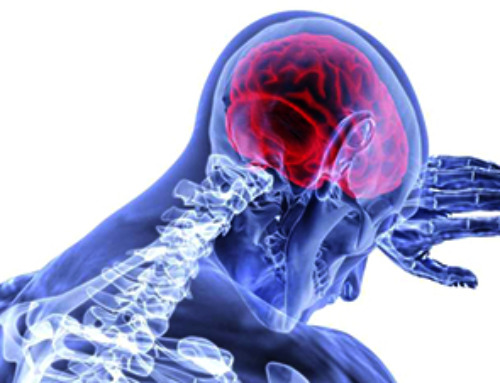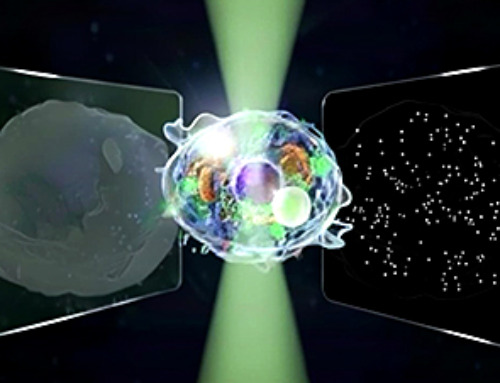Brain waves act as carriers of information. A recently proposed "Cytoelectric Coupling" hypothesis suggests that these wavering electric fields contribute to the optimization of the brain network's efficiency and robustness. They do this by influencing the physical configuration of the brain's molecular framework.
In order to carry out its multifaceted functions, which include thought, the brain operates on various levels. Information like objectives or visuals is depicted through synchronized electrical activity among neuronal networks. Simultaneously, a combination of proteins and other biochemicals within and surrounding each neuron physically execute the mechanics required for participation in these networks.
A new paper by researchers at MIT, City University of London, and Johns Hopkins University posits that the electrical fields of the network influence the physical configuration of neurons' sub-cellular components to optimize network stability and efficiency, a hypothesis the authors call "Cytoelectric Coupling."
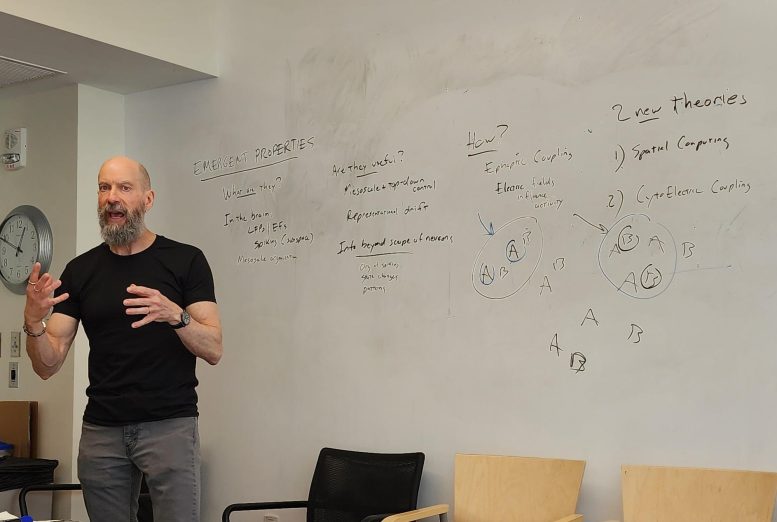
Earl K. Miller delivers a talk on his recent work at The Picower Institute for Learning and Memory. Credit: MIT Picower Institute
"The information the brain is processing has a role in fine-tuning the network down to the molecular level," said Earl K. Miller, Picower Professor in The Picower Institute for Learning and Memory at MIT, who co-authored the paper in Progress in Neurobiology with Associate Professor Dimitris Pinotsis of MIT and City —University of London, and Professor Gene Fridman of Johns Hopkins.
"The brain adapts to a changing world," Pinotsis said. "Its proteins and molecules change too. They can have electric charges and need to catch up with neurons that process, store, and transmit information using electric signals. Interacting with the neurons' electric fields seems necessary."
Thinking in fields
A major focus of Miller's lab is studying how higher-level cognitive functions such as working memory can rapidly, flexibly, and yet reliably emerge from the activity of millions of individual neurons. Neurons are capable of dynamically forming circuits by creating and removing connections, called synapses, as well as strengthening or weakening those junctions. But, that merely forms a "roadmap" around which information could flow, Miller said.
The specific neural circuits that collectively represent one thought or another, Miller has found, are coordinated by rhythmic activity, more colloquially known as "brain waves" of different frequencies.
Fast "gamma" rhythms help transmit images from our vision (e.g. a muffin), while slower "beta" waves might carry our deeper thoughts about that image, (e.g. "too many calories"). Properly timed, bursts of these waves can carry predictions, enable writing in, holding onto, and reading out information in working memory, Miller's lab has shown.
They break down when working memory does, too. The lab has reported evidence that the brain might distinctly manipulate rhythms in specific physical locations to further organize neurons for flexible cognition, a concept called "Spatial Computing."
Other recent work from the lab has shown that while the participation of individual neurons within networks may be fickle and unreliable, the information carried by the networks they are part of is stably represented by the overall electric fields generated by their collective activity.
Cytoelectric coupling
In the new study, the authors combine this model of rhythmic electrical activity coordinating neural networks with other lines of evidence that electrical fields can influence neurons at the molecular level.
Researchers, for example, have studied ephaptic coupling, in which neurons influence each other's electrical properties via the proximity of their membranes, rather than solely relying on electrochemical exchanges across synapses. This electrical cross-talk can affect neural functions including when and whether they spike to relay electrical signals to other neurons in a circuit.
Miller, Pinotsis, and Fridman also cite research showing other electrical influences on cells and their components including how neural development is guided by fields and that microtubules can be aligned by them.
If the brain carries information in electric fields and those electric fields are capable of configuring neurons and other elements in the brain that form a network, then the brain is likely to use this capability. The brain can use fields to ensure the network does what it is supposed to do, the authors suggest.
To put it (loosely) in couch potato terms, the success of a television network isn't just its ability to transmit a clear signal to millions of homes. What's also important is the details as fine as the way each viewer household arranges its TV, sound system, and living room furniture to maximize the experience. Both in this metaphor and in the brain, Miller said, the presence of the network motivates the individual participants to configure their own infrastructure to participate optimally.
"Cytoelectric Coupling connects information at the meso‐ and macroscopic level down to the microscopic level of proteins that are the molecular basis of memory," the authors wrote in the paper.
The article lays out the logic inspiring Cytoelectic Coupling. "We're offering a hypothesis that anybody can test," Miller said.
Reference: "Cytoelectric coupling: Electric fields sculpt neural activity and "tune" the brain's infrastructure" by Dimitris A. Pinotsis, Gene Fridman and Earl K. Miller, 18 May 2023, Progress in Neurobiology.
News
Magnetic nanoparticles that successfully navigate complex blood vessels may be ready for clinical trials
Every year, 12 million people worldwide suffer a stroke; many die or are permanently impaired. Currently, drugs are administered to dissolve the thrombus that blocks the blood vessel. These drugs spread throughout the entire [...]
Reviving Exhausted T Cells Sparks Powerful Cancer Tumor Elimination
Scientists have discovered how tumors secretly drain the energy from T cells—the immune system’s main cancer fighters—and how blocking that process can bring them back to life. The team found that cancer cells use [...]
Very low LDL-cholesterol correlates to fewer heart problems after stroke
Brigham and Women's Hospital's TIMI Study Group reports that in patients with prior ischemic stroke, very low achieved LDL-cholesterol correlated with fewer major adverse cardiovascular events and fewer recurrent strokes, without an apparent increase [...]
“Great Unified Microscope” Reveals Hidden Micro and Nano Worlds Inside Living Cells
University of Tokyo researchers have created a powerful new microscope that captures both forward- and back-scattered light at once, letting scientists see everything from large cell structures to tiny nanoscale particles in a single shot. Researchers [...]
Breakthrough Alzheimer’s Drug Has a Hidden Problem
Researchers in Japan found that although the Alzheimer’s drug lecanemab successfully removes amyloid plaques from the brain, it does not restore the brain’s waste-clearing system within the first few months of treatment. The study suggests that [...]
Concerning New Research Reveals Colon Cancer Is Skyrocketing in Adults Under 50
Colorectal cancer is striking younger adults at alarming rates, driven by lifestyle and genetic factors. Colorectal cancer (CRC) develops when abnormal cells grow uncontrollably in the colon or rectum, forming tumors that can eventually [...]
Scientists Discover a Natural, Non-Addictive Way To Block Pain That Could Replace Opioids
Scientists have discovered that the body can naturally dull pain through its own localized “benzodiazepine-like” peptides. A groundbreaking study led by a University of Leeds scientist has unveiled new insights into how the body manages pain, [...]
GLP-1 Drugs Like Ozempic Work, but New Research Reveals a Major Catch
Three new Cochrane reviews find evidence that GLP-1 drugs lead to clinically meaningful weight loss, though industry-funded studies raise concerns. Three new reviews from Cochrane have found that GLP-1 medications can lead to significant [...]
How a Palm-Sized Laser Could Change Medicine and Manufacturing
Researchers have developed an innovative and versatile system designed for a new generation of short-pulse lasers. Lasers that produce extremely short bursts of light are known for their remarkable precision, making them indispensable tools [...]
New nanoparticles stimulate the immune system to attack ovarian tumors
Cancer immunotherapy, which uses drugs that stimulate the body’s immune cells to attack tumors, is a promising approach to treating many types of cancer. However, it doesn’t work well for some tumors, including ovarian [...]
New Drug Kills Cancer 20,000x More Effectively With No Detectable Side Effects
By restructuring a common chemotherapy drug, scientists increased its potency by 20,000 times. In a significant step forward for cancer therapy, researchers at Northwestern University have redesigned the molecular structure of a well-known chemotherapy drug, greatly [...]
Lipid nanoparticles discovered that can deliver mRNA directly into heart muscle cells
Cardiovascular disease continues to be the leading cause of death worldwide. But advances in heart-failure therapeutics have stalled, largely due to the difficulty of delivering treatments at the cellular level. Now, a UC Berkeley-led [...]
The basic mechanisms of visual attention emerged over 500 million years ago, study suggests
The brain does not need its sophisticated cortex to interpret the visual world. A new study published in PLOS Biology demonstrates that a much older structure, the superior colliculus, contains the necessary circuitry to perform the [...]
AI Is Overheating. This New Technology Could Be the Fix
Engineers have developed a passive evaporative cooling membrane that dramatically improves heat removal for electronics and data centers Engineers at the University of California San Diego have created an innovative cooling system designed to greatly enhance [...]
New nanomedicine wipes out leukemia in animal study
In a promising advance for cancer treatment, Northwestern University scientists have re-engineered the molecular structure of a common chemotherapy drug, making it dramatically more soluble and effective and less toxic. In the new study, [...]
Mystery Solved: Scientists Find Cause for Unexplained, Deadly Diseases
A study reveals that a protein called RPA is essential for maintaining chromosome stability by stimulating telomerase. New findings from the University of Wisconsin-Madison suggest that problems with a key protein that helps preserve chromosome stability [...]
